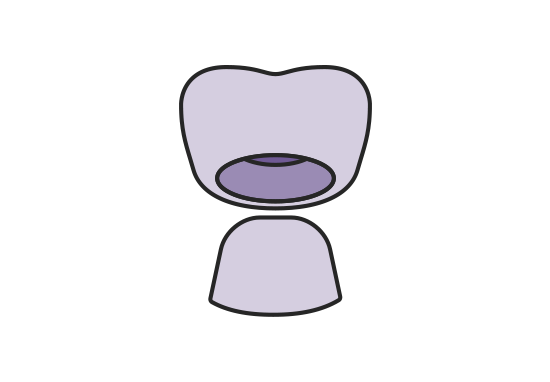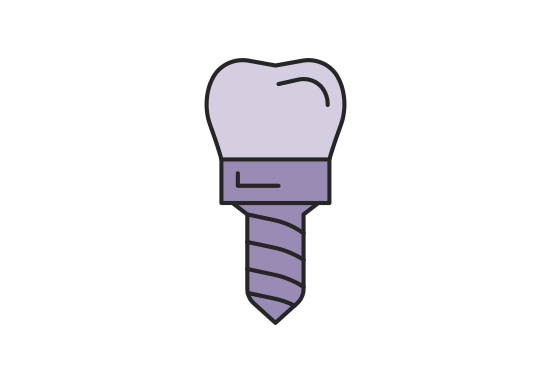Three-dimensional (3D) imaging and printing is revolutionizing dentistry with its ability to make braces, dentures, crowns and implants more quickly.
Previously, a dentist would create a plaster impression and send it to a lab for processing in order to replace or repair a tooth or provide an appliance for a patient. Using a digital scanner, computer software and a special high-definition 3D printer, a dentist can now develop materials in house. This "additive manufacturing" is the new frontier in dental care.
With its potential to save time, 3D dental printing is becoming more popular with dentists and dental students around the world. The use of this technology is growing so rapidly that the global dental 3D printing market is expected to reach $9.7 billion by 2025, according to a report by Grand View Research, Inc.
A rising older population, with increasing oral health needs and tooth replacement surgeries, is a factor in driving demand for 3D dental printing. The average teeth remaining for a person age 65 and above is 18.9, according to findings of the National Health and Nutrition Examination Survey.
As dentists begin to incorporate this technology in their practices, you may see changes in how they manage four procedure areas:












